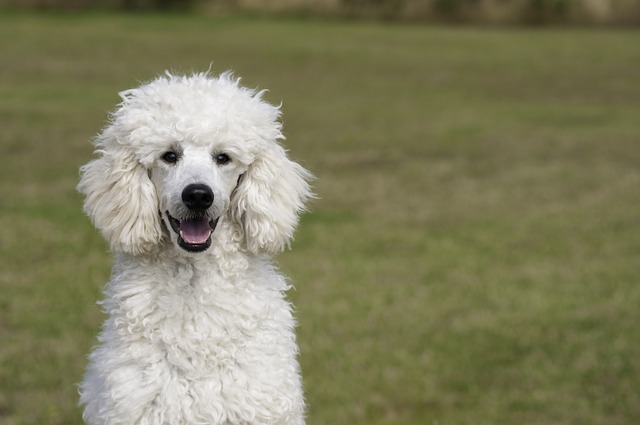
Should I give my dog a dental treat every day
If you’ve ever caught a whiff of your dog’s breath during a snuggle session and winced, you’ve probably considered dental treats as a quick fix. New dog owners
Many dog owners assume nail trimming is just about keeping their pet looking neat, but it’s far more than a cosmetic routine. Overgrown nails can cause real discomfort, affecting how your dog walks and even leading to long-term joint issues. If you’ve ever heard that click-clack sound on hardwood floors, that’s a sign it’s time for a trim. Dogs with long nails end up walking on their toes differently, which throws off their natural posture and can cause pain over time.
Let’s talk about what happens when nails get too long. The quick—the sensitive blood vessel inside the nail—grows longer too, making future trims trickier. Untrimmed nails can curl into the paw pads, leading to infections or difficulty walking. Some dogs start avoiding walks altogether because of the discomfort. And if you think outdoor activity naturally wears them down, think again—unless your dog is running on concrete daily, most modern pets need regular nail care.
One big myth is that only small dogs need frequent trims. The truth? Size doesn’t matter—nail growth varies by breed and individual dogs. Active dogs might wear theirs down slightly, but they still need monitoring. Another misconception is that if a dog resists, it’s fine to skip it. The reality is that discomfort from overgrown nails often makes them more resistant over time. Starting young with positive reinforcement helps, but even older dogs can learn to tolerate it with patience.
So how often should you trim? For most dogs, every 3-4 weeks keeps nails at a healthy length. Listen for that telltale tapping sound or check if the nails touch the ground when your dog stands. Dark nails? Look for flaring at the tips. Some dogs need more frequent trims, especially if they’re less active or have fast-growing nails. Regular handling helps too—getting your pup used to paw checks makes the process smoother.
When it comes to trimming, the right tools matter. Guillotine clippers or grinders work well, but avoid human nail clippers—they can split the nail. Always have styptic powder on hand in case you nick the quick. If you’re nervous, start by trimming just the tip and gradually work your way back. Reward with treats to create positive associations. And if your dog is really stressed? A professional groomer or vet can help, especially with dark nails where the quick isn’t visible.
Think of nail care like brushing teeth—it’s not optional for long-term health. Regular trims prevent painful conditions, keep your dog moving comfortably, and even improve their mood. Whether you do it yourself or seek professional help, keeping those nails in check is one of the simplest ways to show your dog you care.

If you’ve ever caught a whiff of your dog’s breath during a snuggle session and winced, you’ve probably considered dental treats as a quick fix. New dog owners

If you've ever seen your energetic pup looking listless, with dry gums and sunken eyes, you might be dealing with a dehydrated dog. For new dog owners in the US

Can I feed my dog homemade dog food every day? It’s a question many new dog owners in the US ponder, especially after watching their pup turn up their nose at kibble.

Watching your pup struggle to jump on the couch or slow down during walks can break your heart, especially when you know arthritis might be the culprit.

Teddy dogs are like little balls of joy, trotting around our homes and stealing our hearts with every wag of their tails. But just like us, these adorable pups can experience tummy troubles.

You’ve just returned from your morning walk through Portland’s Forest Park when you notice your Labrador, Charlie, pawing desperately at his watery eyes.